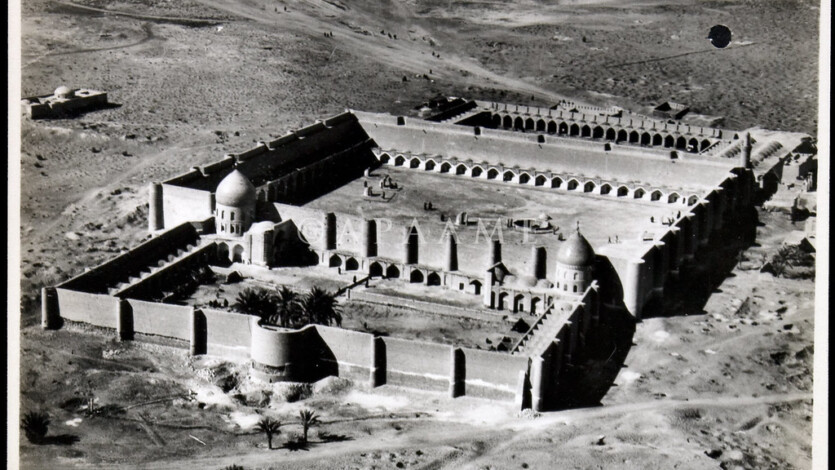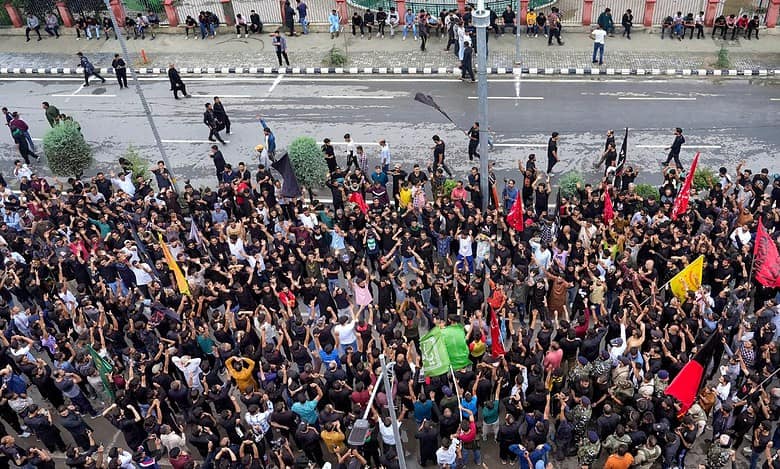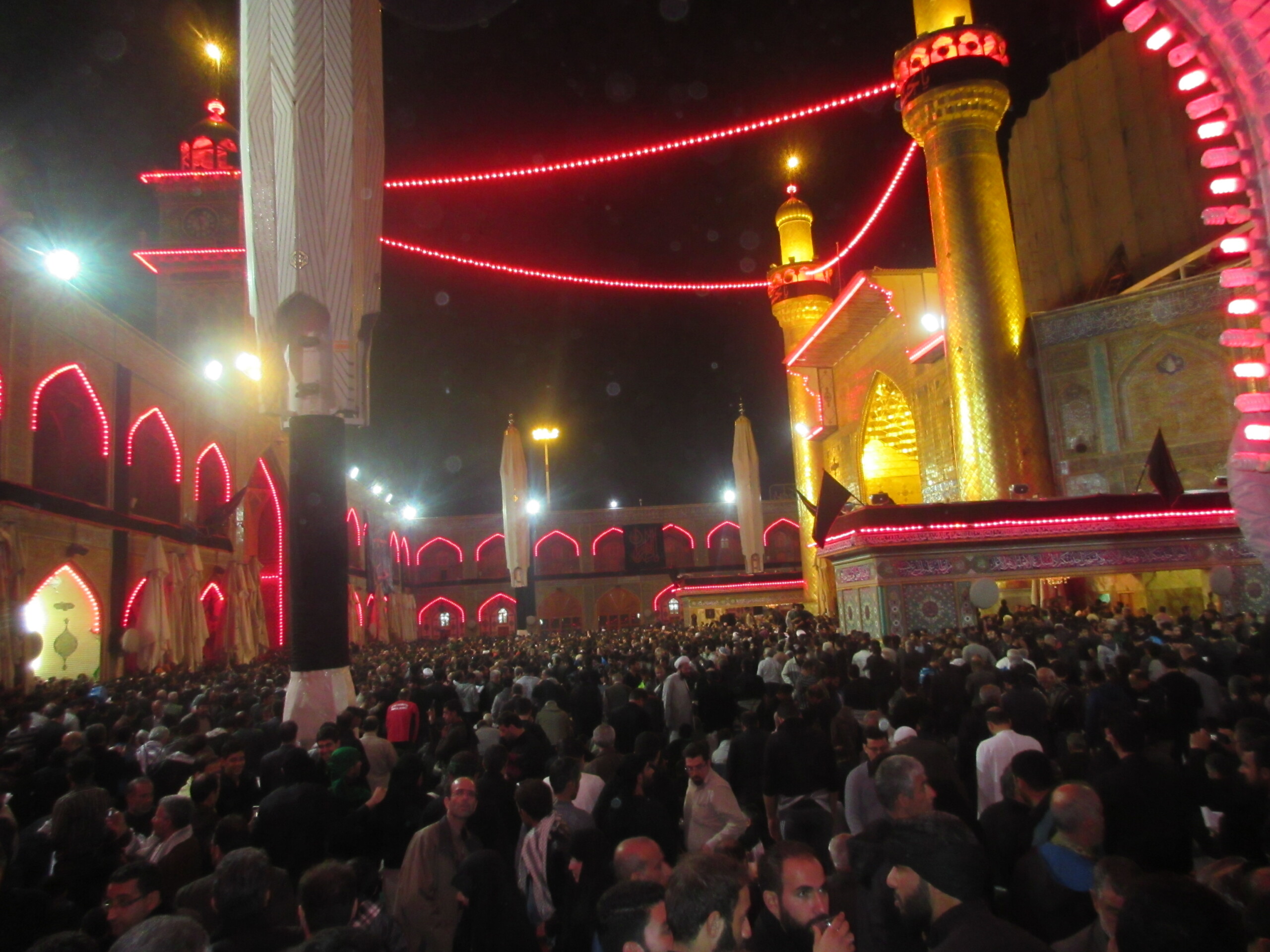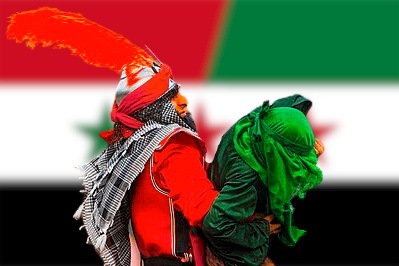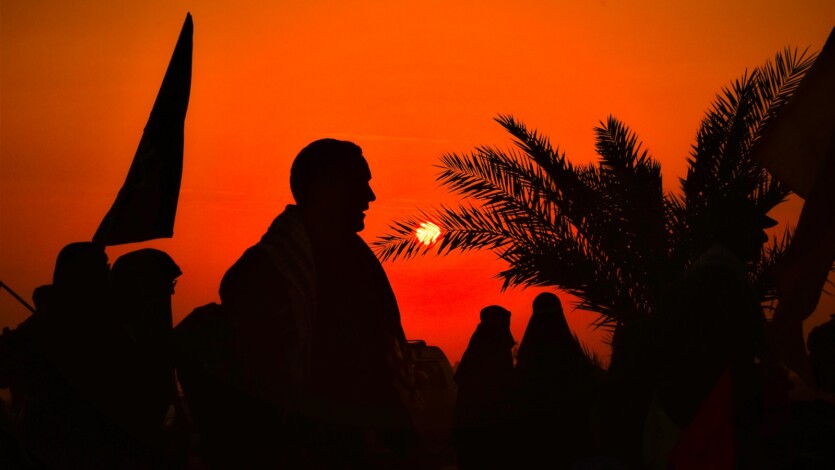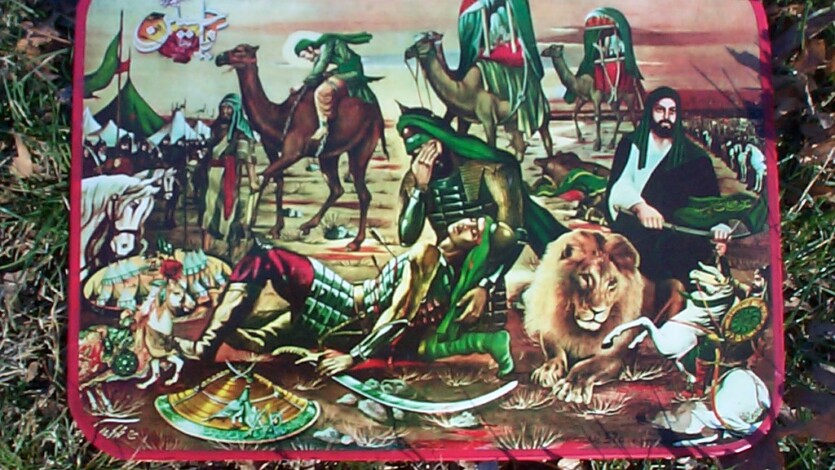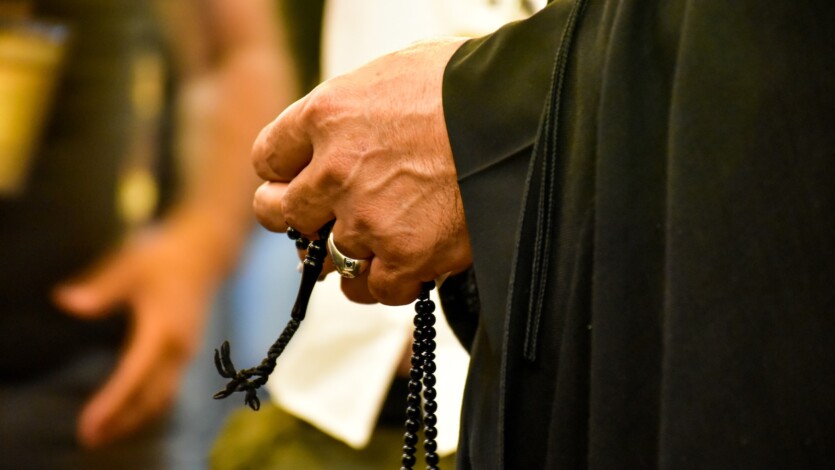One of the most ancient monuments of India, Imambara Zadibal sits proudly on the land of Jammu and Kashmir. It lies in Zadibal locality of Srinagar to the west side of the fort. Made in 1518, this shrine was erected by Kaji Chak, who was a minister with Sultan Mohammed Shah. This two-storey building is one of the oldest historic places in Kashmir valley. Sitting on the lines of Persian architecture, this shrine looks antique and a hot tourist spot. From 1548 AD to 1872 AD, the building went ablaze eleven times and it was rebuilt each time. Of recently,…


